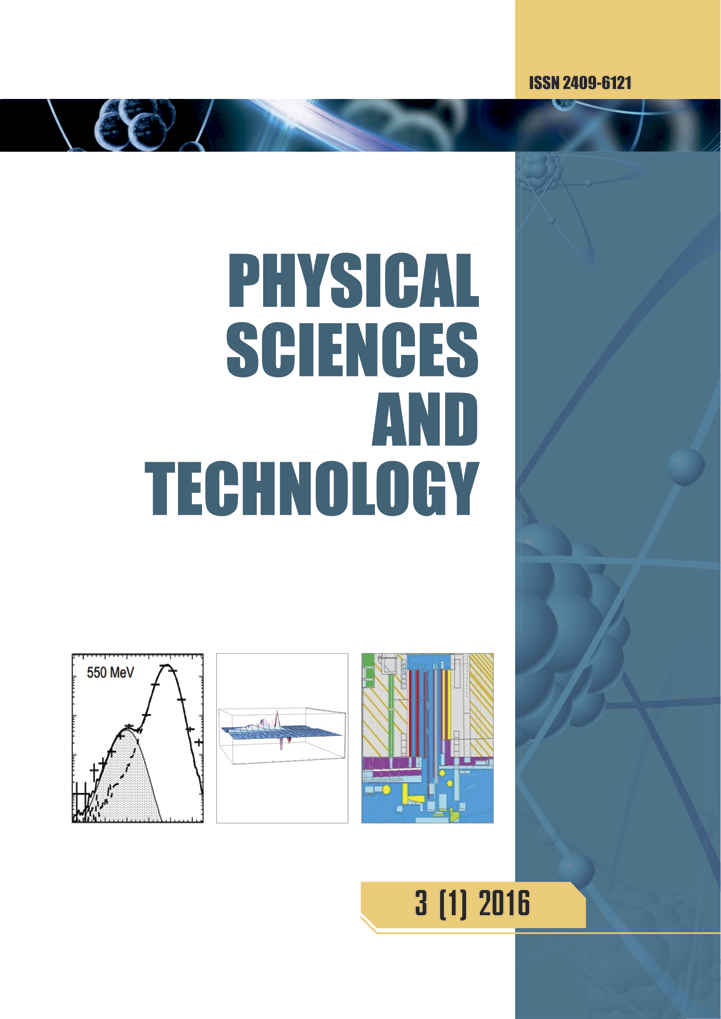Calculation of ionization and runaway electrons characteristics in helium with iron vapor
DOI:
https://doi.org/10.26577/phst.2020.v7.i1.02Abstract
On the basis of the Monte Carlo method and the many particles dynamics, the ionization and drift characteristics of electrons in a constant field drifting in helium with a certain amount of iron vapor are calculated. The main attention is paid to the study of the influence of iron vapor concentration on the characteristics of escaping electrons. The formulation of the problem involves the death of electrons on the wall and the balance between the birth of ionization and leaving the escape mode (whiz). The obtained results indicate a sharp change in the ionization characteristics when an easily ionizable additive in the form of iron vapor is added to helium. Starting with a fraction of a percent of the concentration of iron atoms in helium, due to the strong ionization of iron atoms, there is a strong change in the electron distribution function, which leads to a significant increase in the frequency of ionization and a nonmonotonic dependence of the number of escaping electrons on the concentration of iron vapors.




